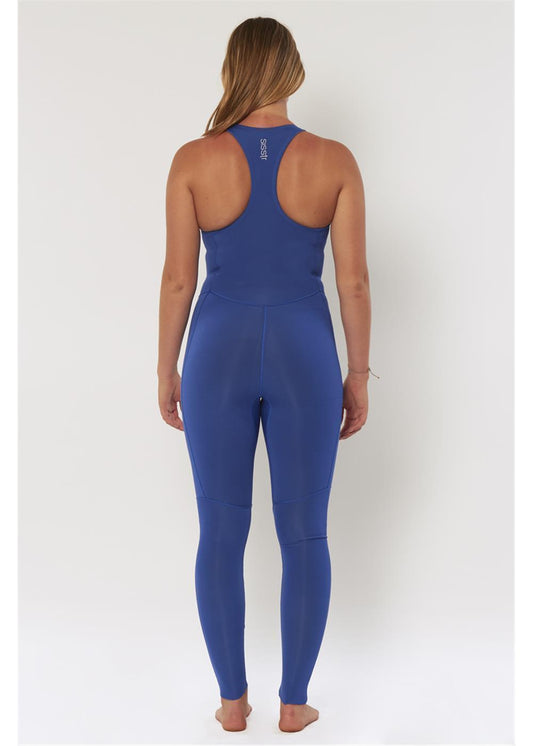Ladies wetsuits are a crucial piece of equipment for any female who enjoys water sports. With the increasing popularity of activities such as surfing, paddleboarding, and diving, the demand for high-quality wetsuits designed specifically for women has grown significantly. These wetsuits are tailored to fit the female form, providing comfort, flexibility, and warmth in cold water.
Ladies Wetsuits: What do I need to know?
One of the key benefits of ladies wetsuits is their ability to protect the wearer from the elements. The neoprene material used in wetsuits provides insulation, keeping the body warm in cold water and protecting against the wind. Additionally, wetsuits can protect against the harmful effects of the sun, which is especially important for those spending long periods of time in the water. With a range of styles and thicknesses available, ladies wetsuits can be worn in a variety of conditions, from warm tropical waters to icy cold oceans.
When choosing a ladies wetsuit, it is important to consider factors such as fit, thickness, and style. A well-fitted wetsuit will provide maximum comfort and flexibility, allowing the wearer to move freely in the water. Thickness is also an important consideration, as thicker wetsuits provide greater insulation in colder water. Finally, style is a matter of personal preference, with a range of colours and designs available to suit any taste.
Types of Ladies Wetsuits
Full Body Wetsuits
Full body wetsuits are the most common type of wetsuit and provide the most coverage. They are designed to keep the entire body warm and protected from the cold water. These wetsuits are perfect for colder water temperatures, and are typically made of neoprene material which provides insulation and flexibility. They come in a variety of thicknesses, with thicker suits being better for colder water.
Spring Suits
Spring suits, also known as shorty wetsuits, are designed for warmer water temperatures. They provide less coverage and are typically sleeveless or have short sleeves and short legs. Spring suits are perfect for those who want to stay cool in warmer water but still want some protection from the sun and surf. They are usually made of thinner neoprene material and are less restrictive than full body wetsuits.
Rash Guards
Rash guards are not technically wetsuits, but they are a popular option for women who want sun protection and a little bit of warmth. Rash guards are typically made of a stretchy, quick-drying material that is designed to protect the skin from the sun and surf. They come in a variety of styles, including short and long sleeves, and can be worn alone or under a wetsuit for added warmth.
Overall, there are several types of ladies wetsuits to choose from, each designed for different water temperatures and activities. It's important to choose a wetsuit that fits well and provides the right amount of coverage for your needs.
Choosing the Right Fit
When it comes to choosing a ladies wetsuit, getting the right fit is crucial for comfort and performance in the water. Here are some key factors to consider:
Understanding Wetsuit Thickness
Wetsuits come in varying thicknesses, typically measured in millimeters. Thicker wetsuits offer more insulation and are ideal for colder water temperatures, while thinner wetsuits are better for warmer waters. It is important to choose a wetsuit that is appropriate for the water temperature you will be in.
Size and Body Shape Considerations
The right size wetsuit is essential for comfort and flexibility. A wetsuit that is too small will restrict movement and cause discomfort, while a wetsuit that is too large will not provide the necessary insulation and may cause chafing. It is important to consult the manufacturer's size chart and take accurate measurements to ensure the best fit.
Body shape is also an important consideration. Some wetsuits are designed for specific body shapes, such as long torsos or wider hips. It is important to choose a wetsuit that is designed to fit your body shape to ensure maximum comfort and flexibility.
Neoprene Flexibility
The flexibility of the neoprene material used in the wetsuit is another important factor to consider. More flexible neoprene allows for greater range of motion and improved performance. Look for wetsuits with neoprene that is specifically designed for flexibility, such as those with a high percentage of super-stretch neoprene.
Overall, choosing the right fit for a ladies wetsuit involves considering the water temperature, size and body shape, and neoprene flexibility. By taking these factors into account, you can ensure maximum comfort and performance in the water.


































